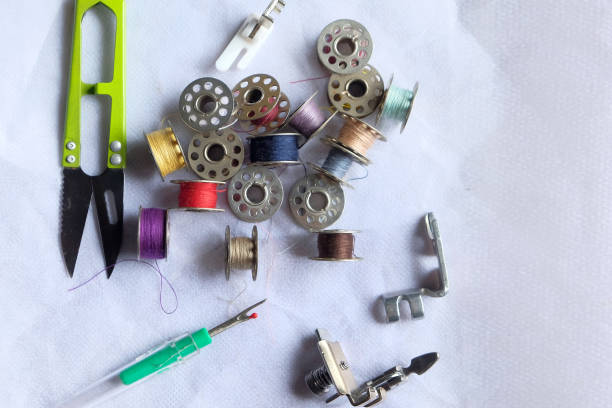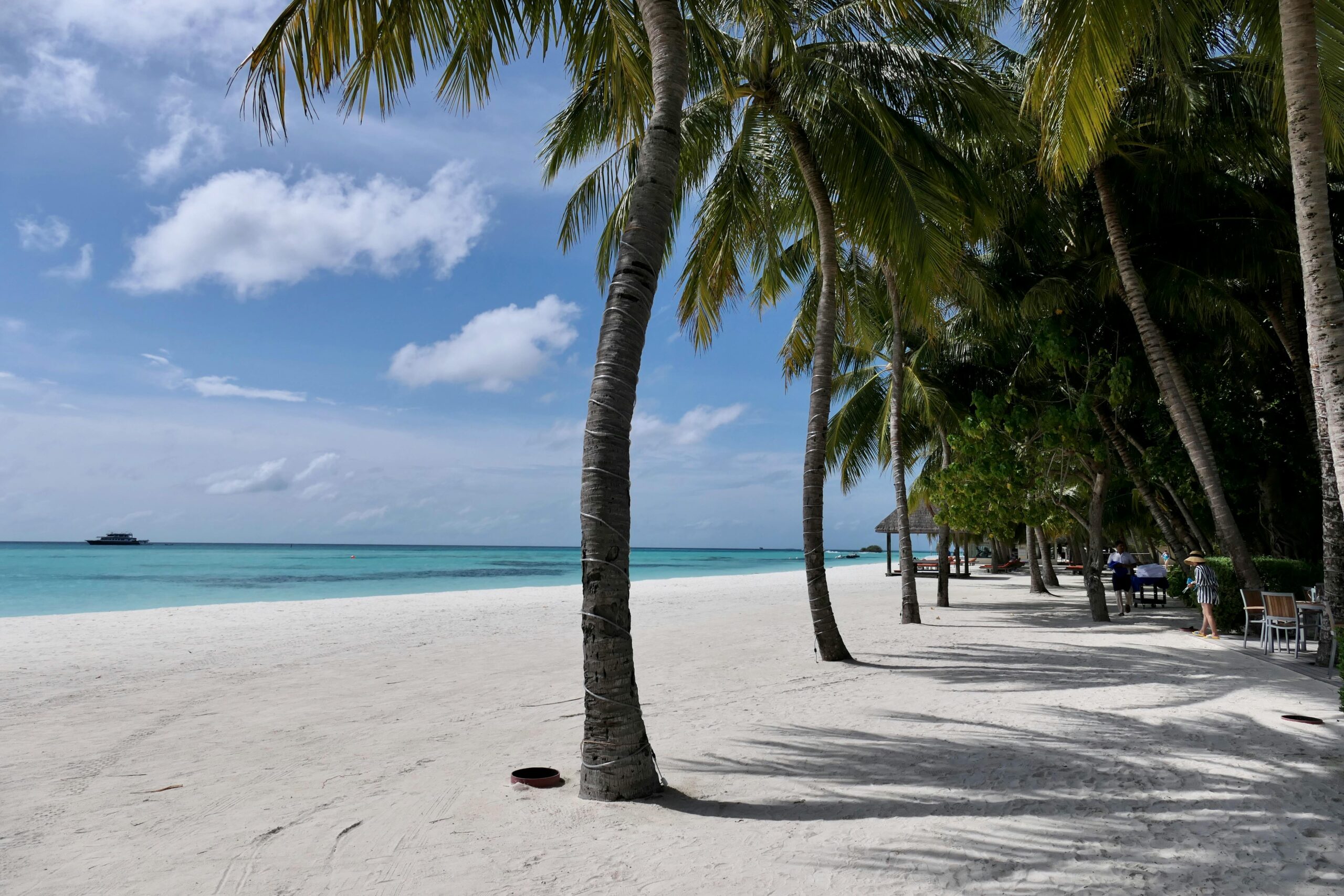When it comes to sewing, one of the most fundamental aspects that dictate both the quality and durability of a garment or fabric product is the type of seam used. The German term “Nahttypen” translates to seam types, and understanding the variety of seams, their uses, strengths, and aesthetics is crucial for designers, tailors, and hobbyists alike. This article presents an in-depth exploration of the most important seam types, their characteristics, and practical applications to help you make informed choices that enhance your sewing projects.
Understanding Nahttypen: The Foundation of Sewing
Seams are the joints where two or more fabric pieces are joined together. The choice of seam type directly influences the structural integrity, flexibility, comfort, and appearance of the final product. Different seam types are suitable for varying fabric types and garment functions, from heavy-duty workwear to delicate evening dresses.
Plain Seam (Simple Seam)
The plain seam is the most basic and widely used nahttyp in sewing. It involves placing two fabric edges together, right sides facing, and stitching along the edge.
- Use cases: Everyday garments, quilts, upholstery.
- Advantages: Easy to sew, versatile, minimal bulk.
- Drawbacks: Not inherently strong—may require reinforcement.
- Finishing techniques: Overlocking, zigzag stitching, or pinking shears to prevent fraying.
The plain seam’s simplicity makes it ideal for lightweight to medium-weight fabrics where minimal seam bulk is desired.
French Seam (Double-stitched Seam)
The French seam is a decorative and durable seam that encloses the raw fabric edges completely, making it a favorite for sheer fabrics like chiffon and organza.
- Construction: Sew the fabric wrong sides together first, trim the seam allowance, then sew right sides together enclosing the raw edges inside.
- Benefits: Neat finish on both sides, prevents fraying, adds strength.
- Best suited for: Delicate, transparent fabrics where a clean finish is essential.
This seam type is more time-consuming but adds a professional finish and is excellent for garments requiring a high-quality interior appearance.
Flat-Felled Seam
The flat-felled seam is known for its exceptional strength and durability, often found in jeans, workwear, and sportswear.
- Construction: One fabric edge is folded over the other, then both edges are stitched down flat, encasing the raw edges.
- Advantages: Reinforced, strong, flat and comfortable against the skin.
- Ideal for: Heavy fabrics, areas under strain (inseams, side seams).
- Appearance: Double topstitch visible on the outside.
This seam type is ideal where long-lasting wear and a clean finish are priorities.
Bound Seam
The bound seam uses a strip of fabric or bias tape to encase raw edges, providing a durable and decorative finish.
- Function: Prevents fraying and adds stability.
- Common in: Upholstery, outerwear, and unlined garments.
- Benefits: Adds bulk and structure, visually attractive when using contrasting binding.
This seam is preferred when edge protection is critical without compromising aesthetics.
Flat Seam (Superimposed Seam)
The flat seam involves overlapping fabric edges and stitching close to the edge, producing a flat, comfortable seam ideal for stretch fabrics.
- Uses: Activewear, swimwear, and underwear.
- Advantages: Low bulk, high flexibility, reduced chafing.
- Techniques: Often created with a flatlock or coverstitch machine.
Its flexibility makes it a top choice for garments needing comfort and movement freedom.
Lapped Seam
A lapped seam overlaps fabric edges and stitches through both layers, creating a strong seam without visible raw edges.
- Applications: Leather goods, bags, outdoor gear.
- Strengths: Excellent durability, water resistance (when sealed).
- Aesthetic: Visible stitching on top, ideal for decorative effects.
This seam is perfect where strength and decorative stitching are required simultaneously.
Welt Seam
The welt seam is a decorative and structural seam created by folding fabric edges to form a ridge.
- Common in: Tailored garments, coats, and upholstery.
- Benefits: Adds dimension and design detail, hides raw edges.
- Techniques: Often combined with topstitching or piping for accentuation.
Its use is ideal in high-end tailoring and structured garments.
Choosing the Right Nahttypen for Your Project
Choosing the correct seam type depends on several factors:
- Fabric type: Lightweight fabrics may require French seams, while heavy denim suits flat-felled seams.
- Garment purpose: Durable seams like flat-felled are vital in workwear; decorative seams suit fashion pieces.
- Aesthetic requirements: Bound seams and welt seams add visual interest.
- Wear and tear: Reinforced seams ensure longevity where stress is frequent.
Seam Finishing Techniques to Complement Nahttypen
Raw edges left untreated can fray, compromising seam strength. Common finishing techniques include:
- Overlocking/serging: Fast, efficient edge sealing.
- Zigzag stitch: Manual fray prevention.
- Pinking shears: Mechanical edge cutting.
- Binding: Encasing edges with fabric strips.
Proper finishing enhances the durability and appearance of all seam types.
Conclusion: Mastering Nahttypen for Superior Sewing Results
In summary, understanding and applying the right nahttypen is essential for creating professional, durable, and aesthetically pleasing sewn products. Each seam type offers unique strengths and is suited to specific materials and garment functions. By mastering these seams, sewing practitioners can ensure their creations stand the test of time and maintain impeccable quality.
For every sewing enthusiast or professional, a solid grasp of seam types opens the door to innovation, creativity, and superior craftsmanship in textile work.
Also Read: 5StarsStocks.com Cannabis: The Market’s Green Frontier



